If you've ever killed a succulent, drowned a cactus, or watched your fiddle leaf fig drop leaves faster than you could say "photosynthesis," you've probably wondered if you're just cursed with a black thumb. But here's the truth: most plant care failures aren't your fault. They're the result of well-meaning but completely outdated advice that's been passed down through generations like botanical folklore.
As urban gardeners increasingly turn to houseplants and container gardens to bring nature into their homes, it's time to separate horticultural fact from fiction. Let's dig into the most persistent plant myths that modern science and experienced growers have thoroughly debunked—and discover what your plants actually need to thrive.
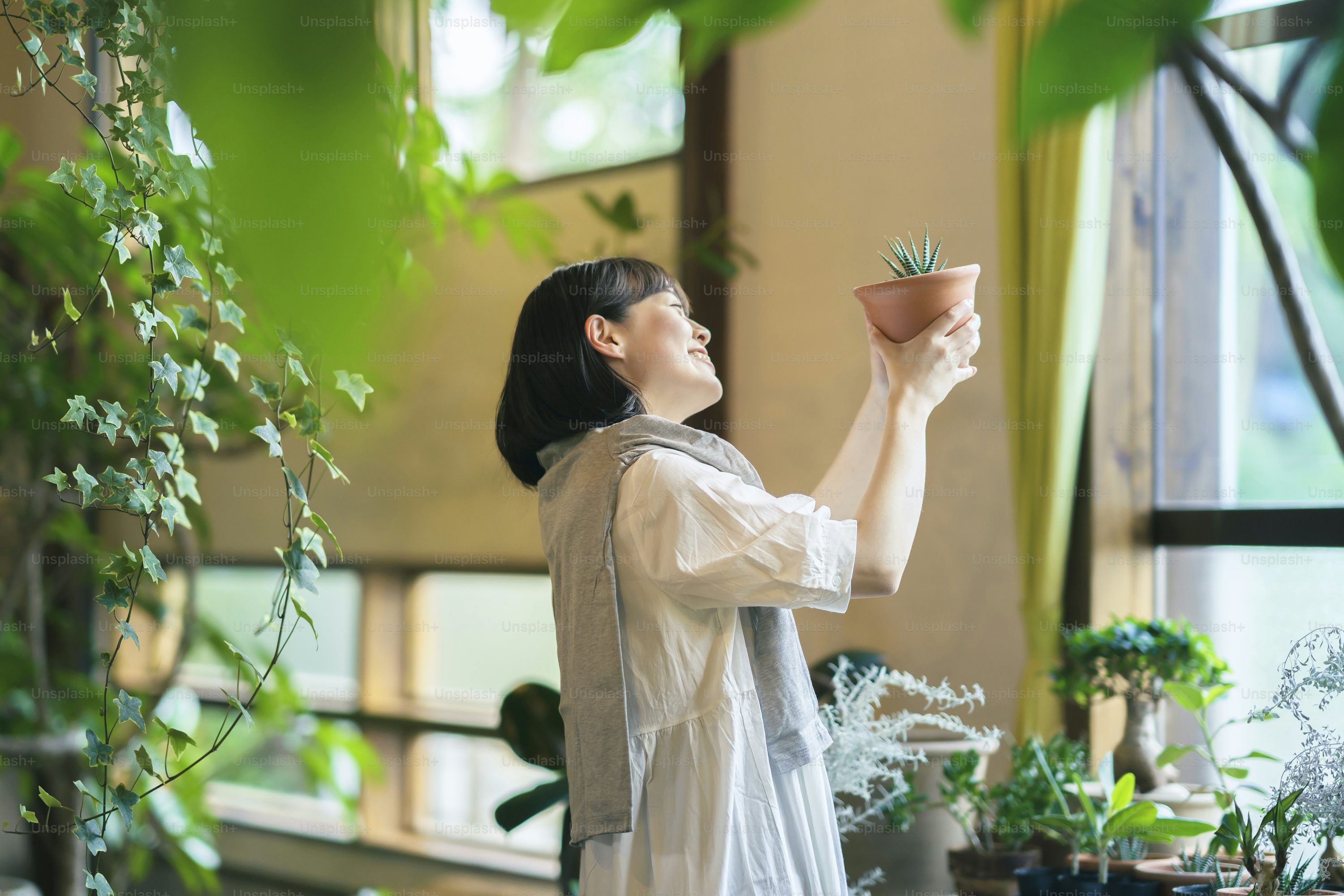
Myth #1: All Plants Need Lots of Sunlight
The Reality: This myth has probably killed more houseplants than all other myths combined. While all plants need some light for photosynthesis, many popular houseplants are understory plants in their native habitats—they evolved to thrive in the shade of taller plants.
Placing a shade-loving plant like a pothos, snake plant, or ZZ plant in direct sunlight can scorch its leaves, causing brown, crispy spots and bleached-out coloring. Conversely, light-hungry plants like succulents, cacti, or herbs will become "etiolated" in low light—stretching toward the light source and becoming leggy and weak.
What to do instead: Research your specific plant's light requirements. Learn the difference between direct light (sun rays hitting the plant), bright indirect light (a bright room but no direct sun), and low light (can read a book but couldn't take a good photo without flash).
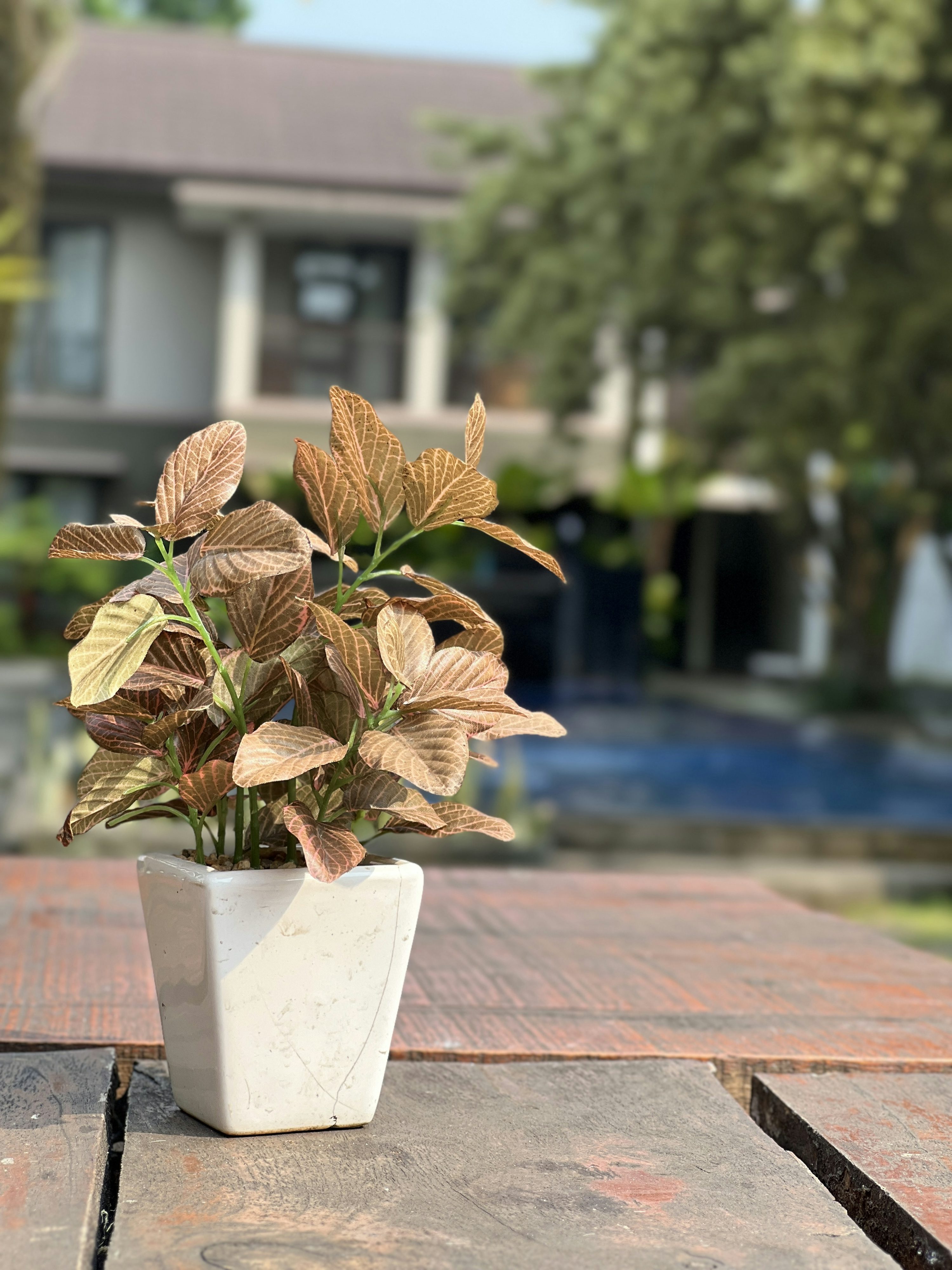
Myth #2: Brown Leaf Tips Mean You're Underwatering
The Reality: While underwatering can cause brown tips, so can overwatering, fluoride in tap water, salt buildup from fertilizer, low humidity, root damage, or even just natural aging.
Jumping straight to watering more when you see brown tips can lead to overwatering, which causes root rot—one of the most common killers of houseplants. Root rot prevents roots from absorbing water, which ironically creates symptoms that look like underwatering (wilting, browning leaves).
Instead, investigate the actual cause by checking multiple factors:
- Is the soil soggy or dry?
- Are the leaves yellowing (often overwatering) or crispy (often underwatering)?
- Is there a smell from the soil (root rot)?
- Do you use tap water with high mineral content?
- Is the air in your home particularly dry?
Once you've identified the real issue, you can address it appropriately. Sometimes brown tips are just cosmetic and don't indicate any serious problem—many plants naturally shed older growth.
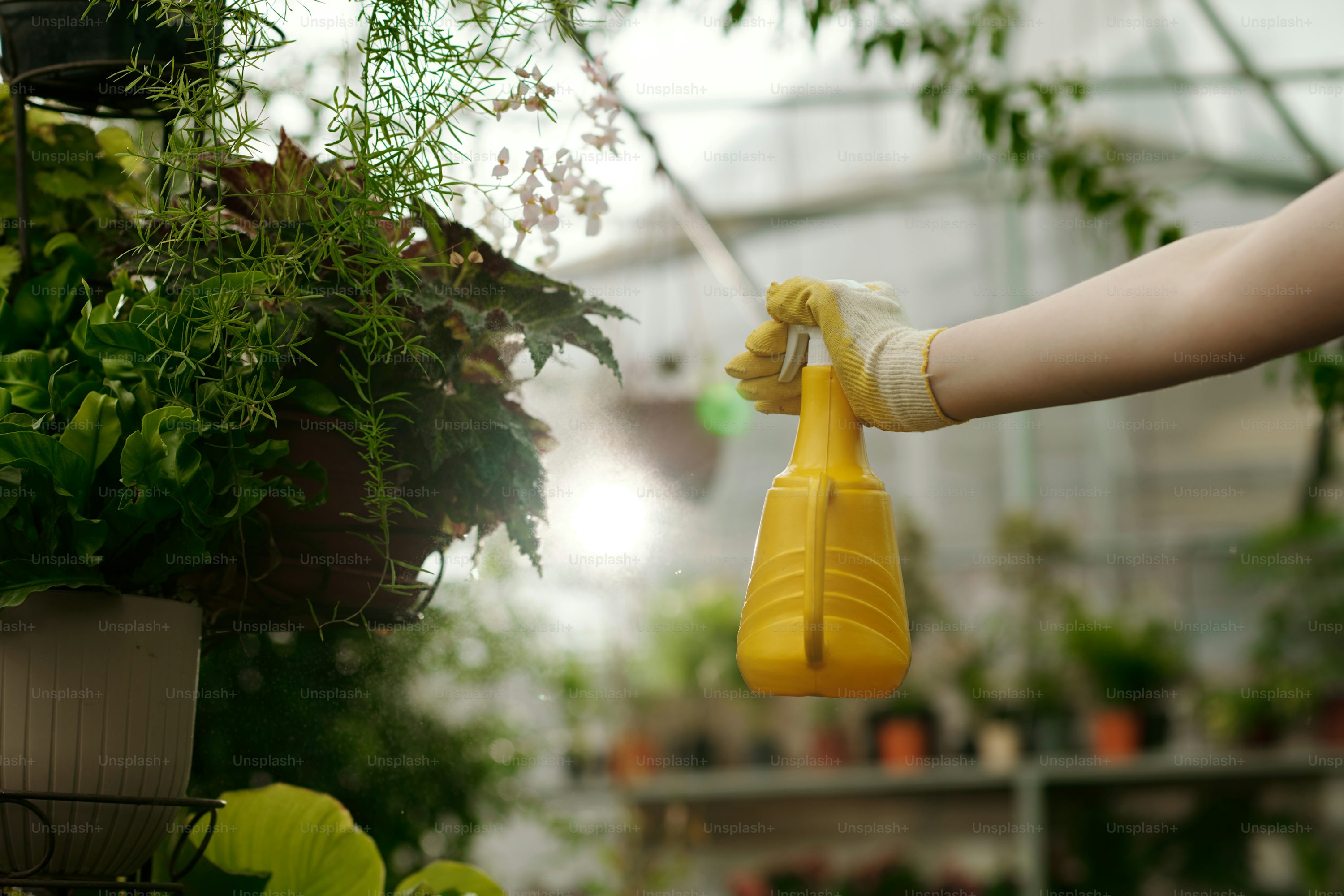
Myth #3: All Yellow Leaves Mean Overwatering
The Reality: While overwatering is a common cause of yellowing leaves, so are underwatering, nutrient deficiencies, natural aging, pests, insufficient light, root-bound conditions, and temperature stress.
This myth causes confusion because people see yellow leaves, cut back on water, but the problem persists because the real issue is something entirely different—or they were actually underwatering in the first place.
Instead, look at the pattern and location of yellowing:
- Lower, older leaves turning yellow: Often normal aging—plants shed old growth.
- Yellow leaves with brown, crispy edges: More likely underwatering or low humidity.
- Uniformly yellow, soft leaves: Possible overwatering, especially if the soil is soggy.
- Yellow leaves with green veins: Often an iron or nitrogen deficiency.
- Sudden yellowing of multiple leaves: Could be shock from environmental changes, drafts, or temperature fluctuations.
Check the soil moisture, examine the roots if possible, consider when you last fertilized, and think about any recent changes in the plant's environment. The detective work is worth it—treating the wrong problem wastes time and can harm your plant further.
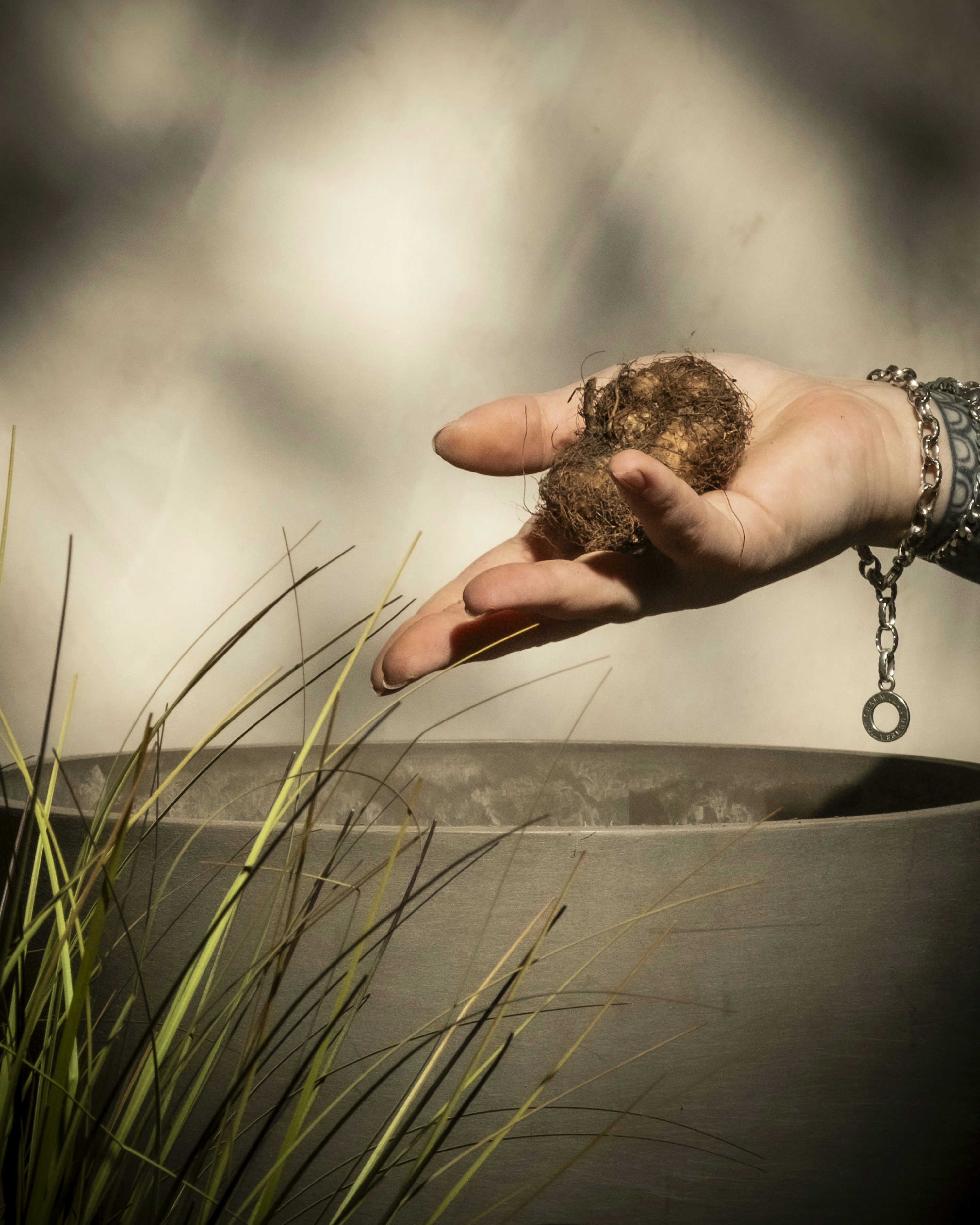
Myth #4: Repotting Plants Makes Them Grow Bigger
The Reality: While plants do eventually need larger pots as they grow, constantly repotting or moving plants to dramatically larger containers doesn't encourage growth—it often stresses them and can lead to overwatering.
When a small plant is placed in a huge pot, the excess soil stays wet for too long after watering because there aren't enough roots to absorb the moisture. This creates perfect conditions for root rot. Many plants also actually prefer being slightly rootbound and will bloom more readily when their roots are snug.
Instead, only repot when your plant shows clear signs that it needs it:
- Roots growing out of drainage holes
- Water running straight through without being absorbed (because roots have displaced most soil)
- The plant drying out extremely quickly despite regular watering
- Visible circling roots at the soil surface
- Slowed or stunted growth during the growing season
When repotting, choose a pot only 1-2 inches larger in diameter than the current one. This allows for growth without creating a moisture-retention problem. Most houseplants only need repotting every 1-3 years.
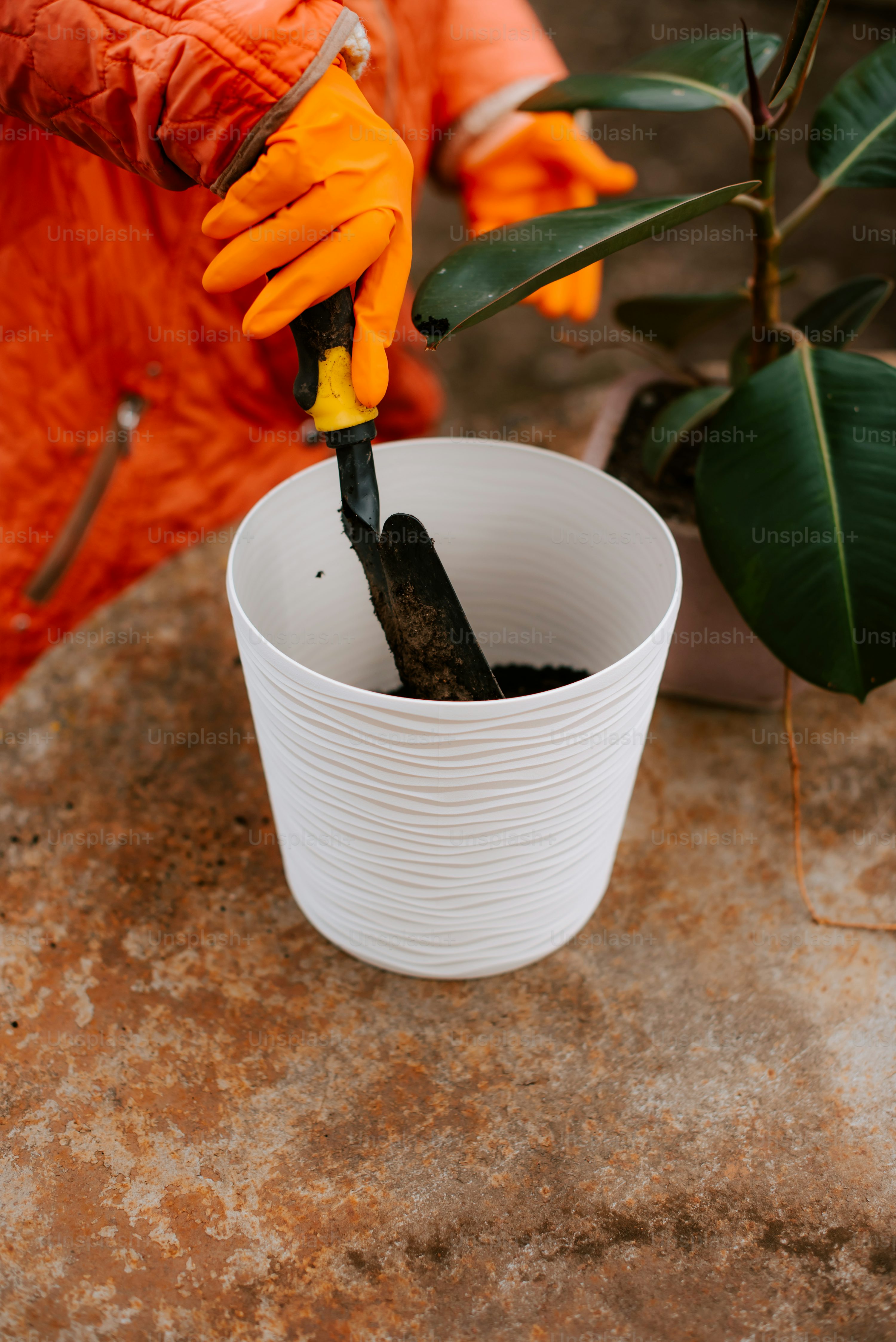
Myth #5: Fertilizer Cures All Plant Problems
The Reality: When a plant looks unhappy, the instinct to "feed" it is natural, but fertilizer is not plant medicine—it's plant food, and a struggling plant often can't process additional nutrients.
In fact, fertilizing a stressed plant can make things worse. If a plant is suffering from root rot, pests, improper light, or watering issues, adding fertilizer is like forcing a sick person to run a marathon. Overfertilizing causes salt buildup in the soil, which burns roots and creates brown, crispy leaf edges.
What to do instead: Think of fertilizer as a supplement for healthy plants during their active growing season (typically spring and summer). Before fertilizing, ensure your plant is otherwise healthy and addressing its basic needs: appropriate light, water, temperature, and humidity.
Most houseplants need far less fertilizer than packaging suggests. Start with half the recommended strength and fertilize less frequently—monthly or even quarterly is often sufficient for slow-growing plants. During fall and winter, most plants are dormant or growing slowly and need little to no fertilizer.
Always water your plants before fertilizing to avoid root burn, and flush the soil with plain water every few months to prevent salt buildup.




0 comments